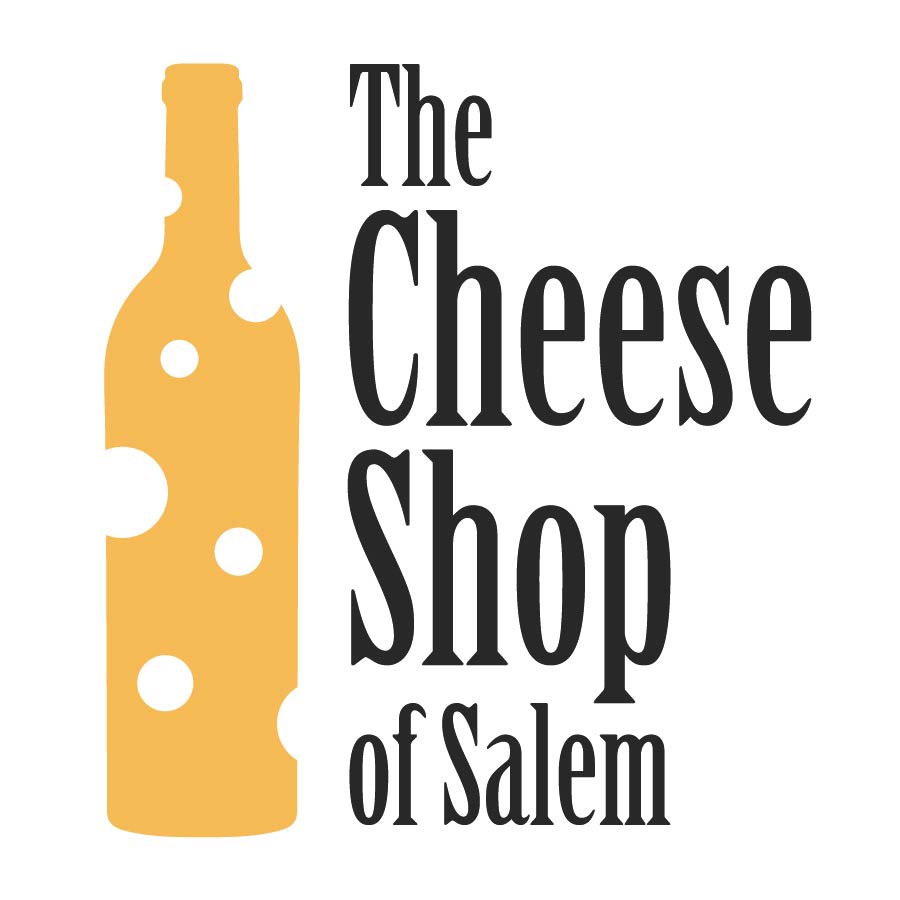I'm all 'bout that sheep, 'bout that sheep, no goaties
I'm all 'bout that sheep, 'bout that sheep, no goaties
Our cheese case mirrors New Zealand: there are many more sheep’s milk cheeses than people in the shop. HAHA at least I entertain myself…Anyway, we have a new Manchego Semicurado, the soft and squishy Brebirousse d’Argental, silky smooth Shepherd’s Store, chewy Dirt Lover, crumbly Pecorino Toscano, and so many more. While these cheeses vary in taste and texture, they all have a similar underlying flavor we identify as “sheepy,” with varying degrees. Cafone, for example, is a young cheese from Italy with a good dose of this animally, wooly flavor, while it is much subtler in Mendia, a semi-firm cheese from France. I try not to use the word “sheepy” in our cheese signs because I think the image of a cheese tasting like you’ve stuck your head into a wooly sheep and taken a big sniff can turn people off. Also, people who don’t get to try one sheep’s milk cheese after another after another all day can have a hard time placing what “sheepy” even means. So instead, I jump around it, describing parts of the flavor like caramel, brown butter, and earth. These descriptors are not quite perfect though because “sheepy,” however weird that sounds, is just its own taste and smell, like banana or vanilla.
According to the Cheese Science Toolkit, an awesome website by food scientist and all around cool guy Pat Polowsky, the flavor comes from fatty acids and phenolic compounds. The cool thing about the fatty acids is that before they are clipped from triglycerides (fat molecules), we can’t smell or taste them. Only when the triglycerides are cut up do we get any specific flavor and aroma! There are specific fatty acids unique in sheep’s milk cheese creating the “sheepy” flavor. As for the phenolic compounds, there is a chemical explanation but I won’t get into that because I’m still working on understanding it myself (#historymajor), so here’s my definition I hope is correct enough – they are chemical compounds that make things smell distinct. They can do other stuff too, but let’s stop there. PHEW.
If you were like whaaaat is she saying?? I definitely recommend you check out Pat’s website. It gets into the nitty gritty science of cheese but with clear explanations and lots of helpful pictures! Come taste our many sheep’s milk cheeses and see if you can pick out the “sheepy” flavor. It is unique thanks to chemistry! And it is delicious thanks to the farmers and cheesemakers! And we get to carry all this fun stuff thanks to you!
For the love of cheese and “sheepy,”
Kiri


